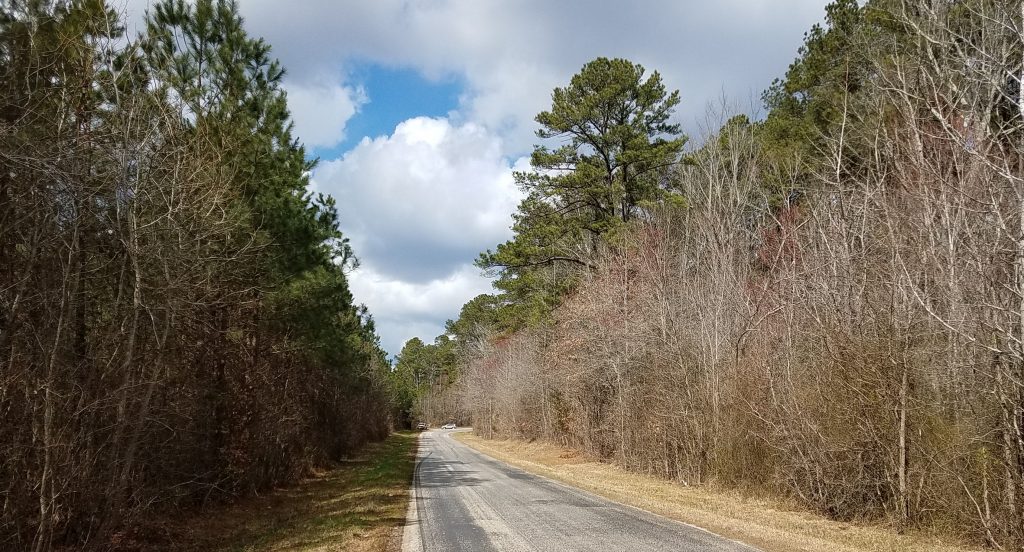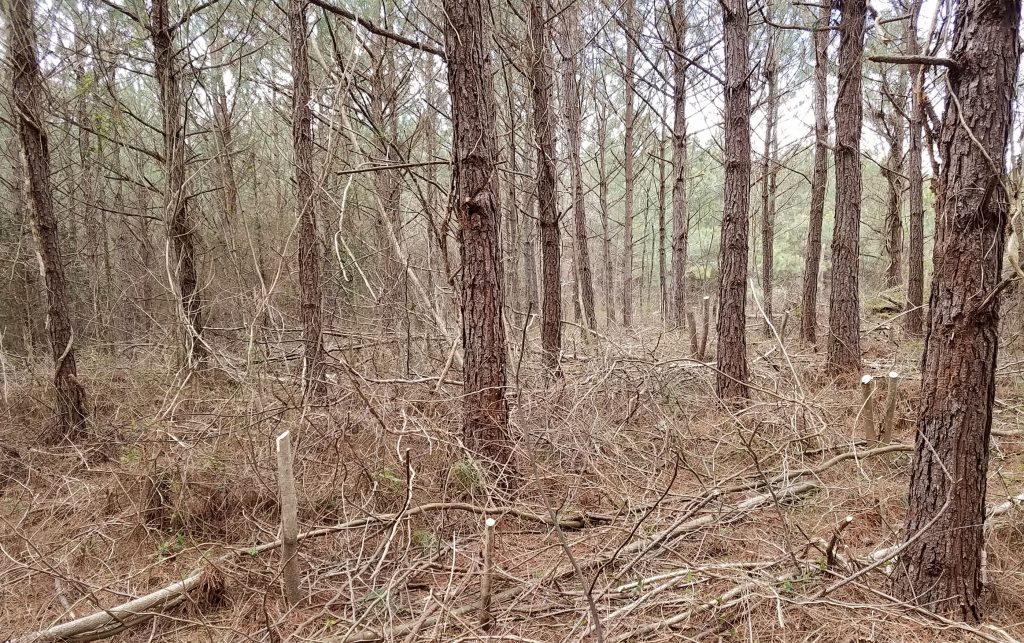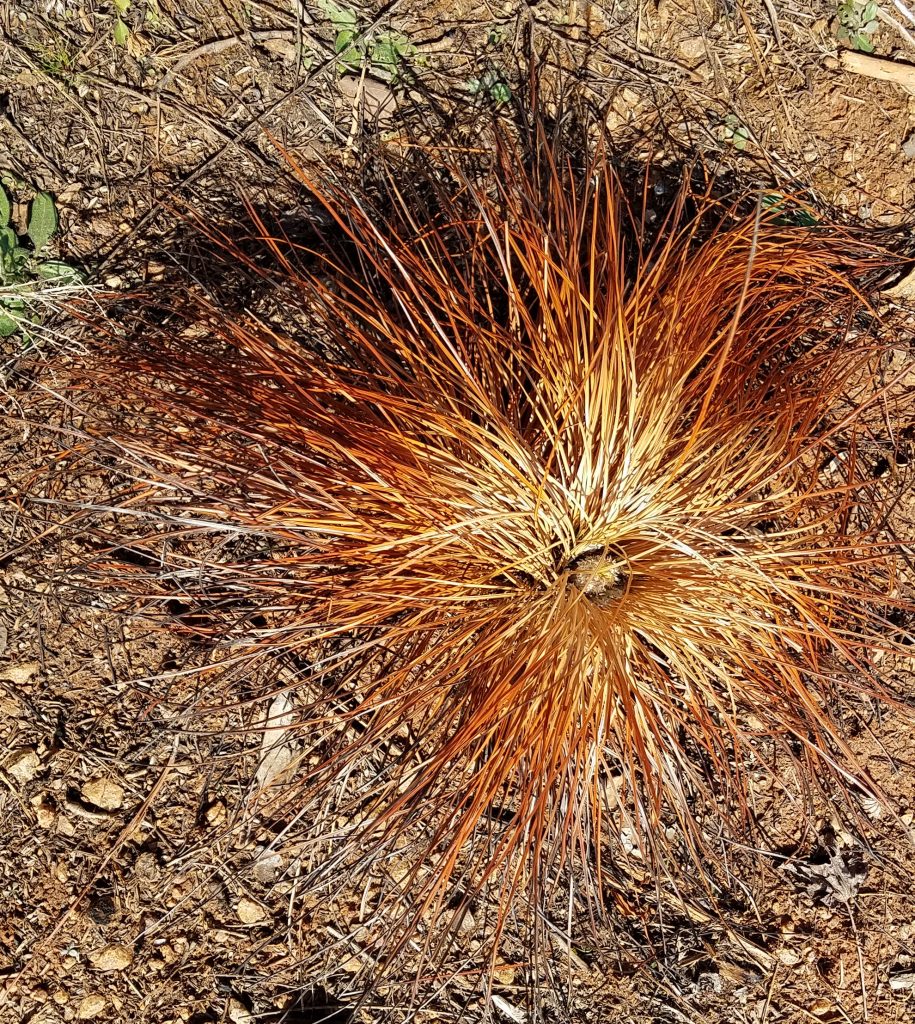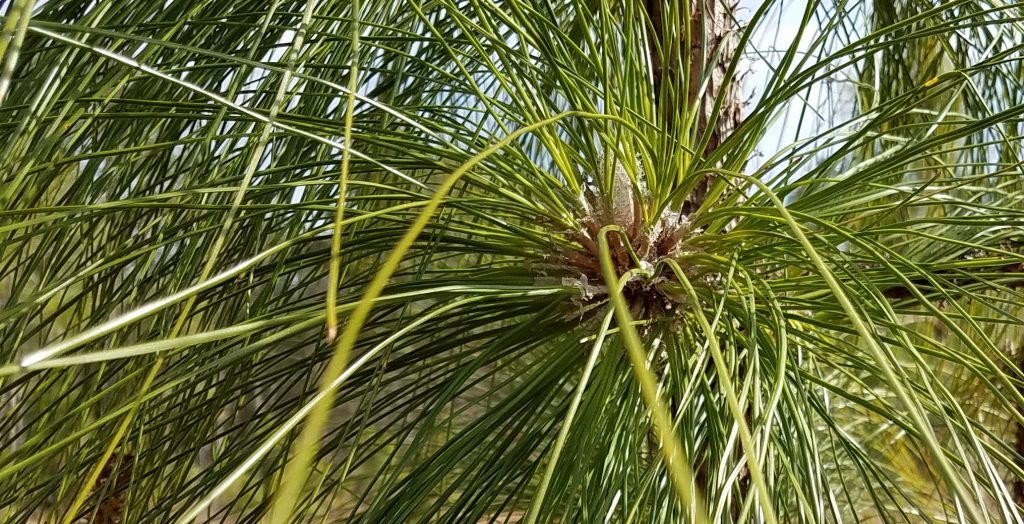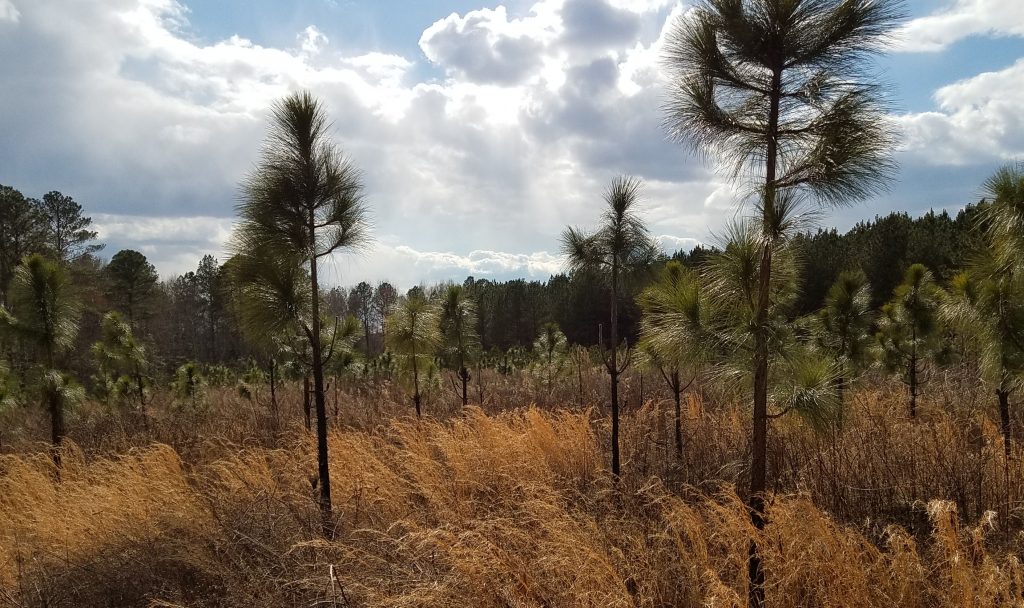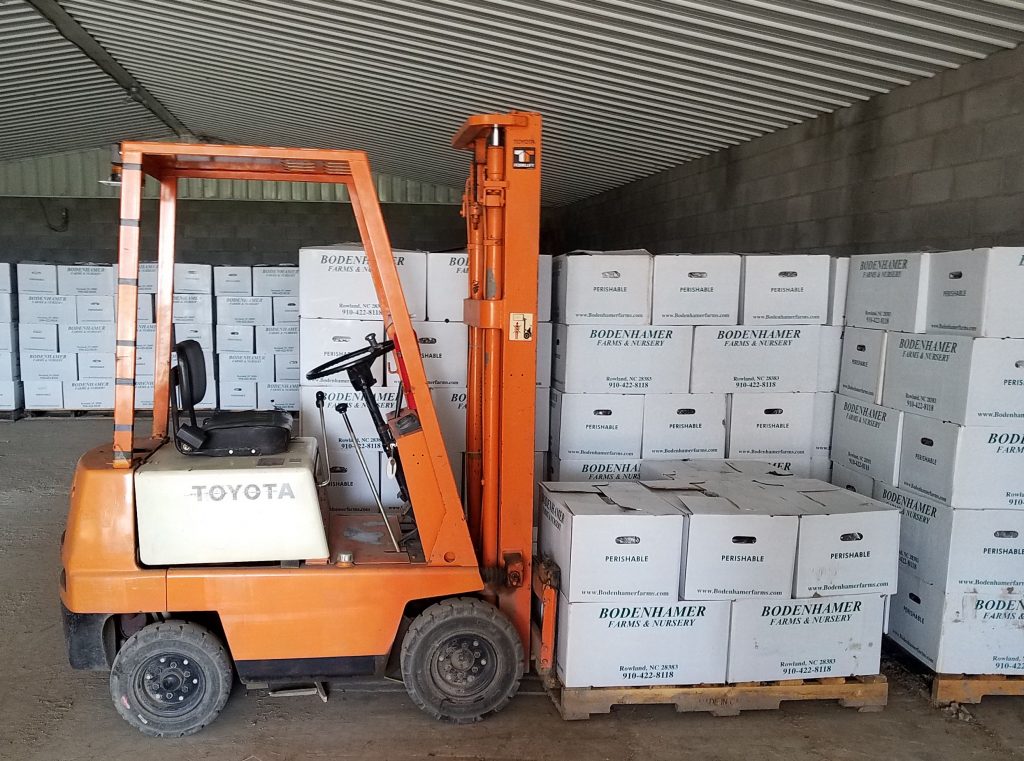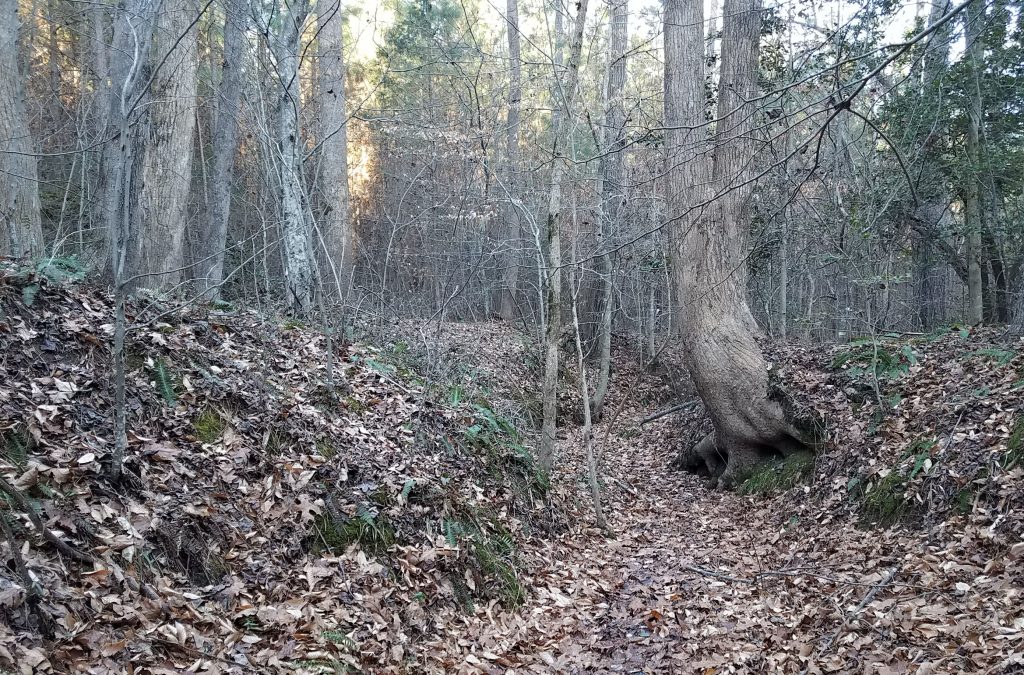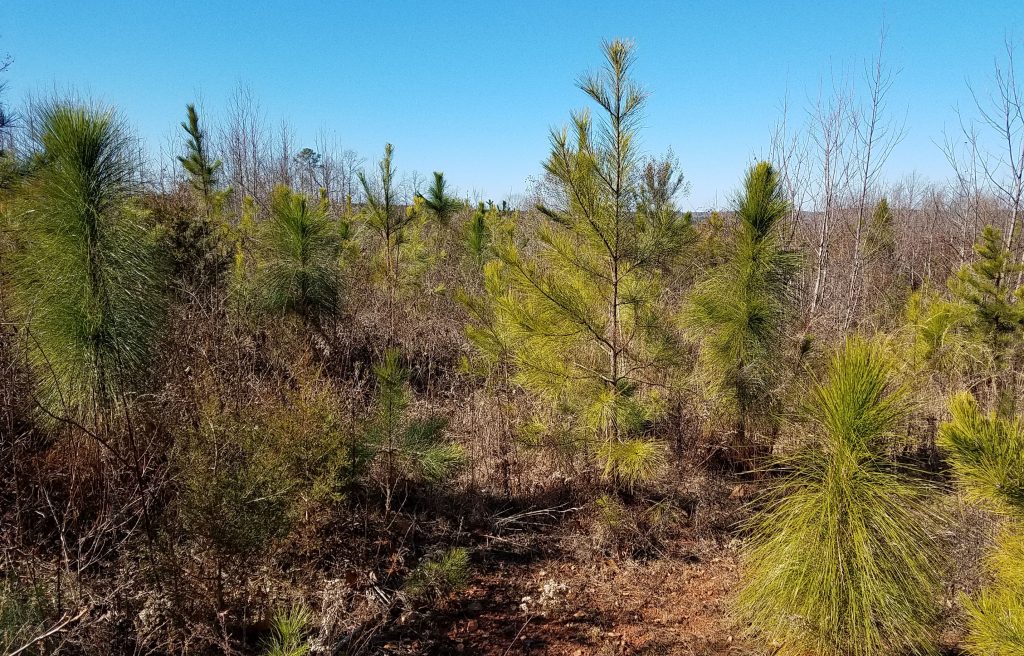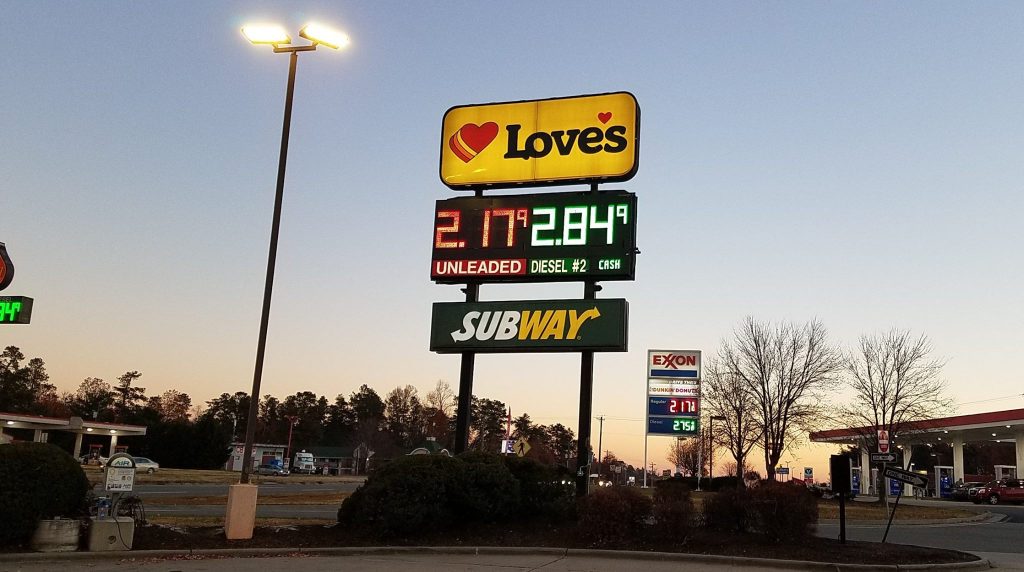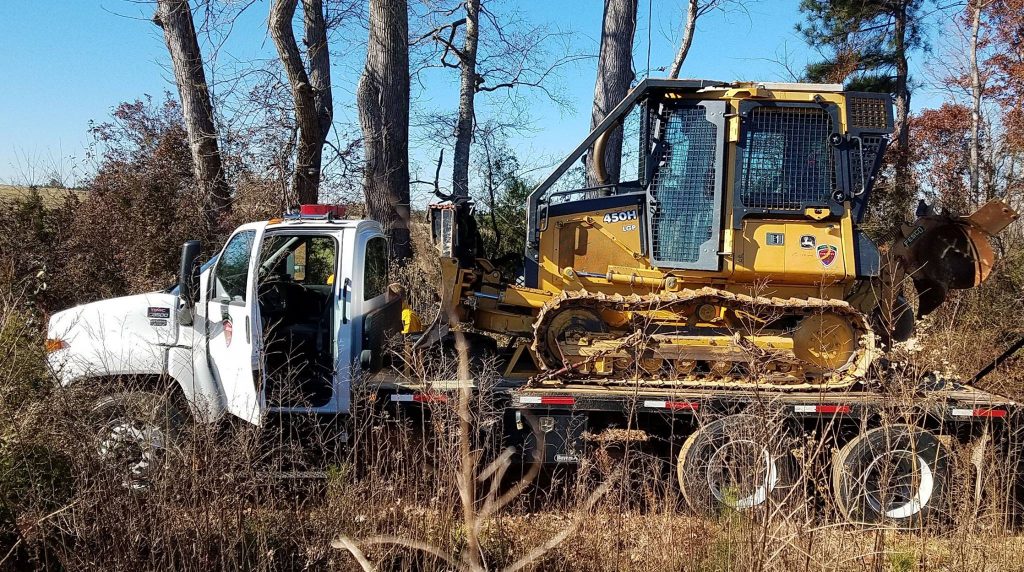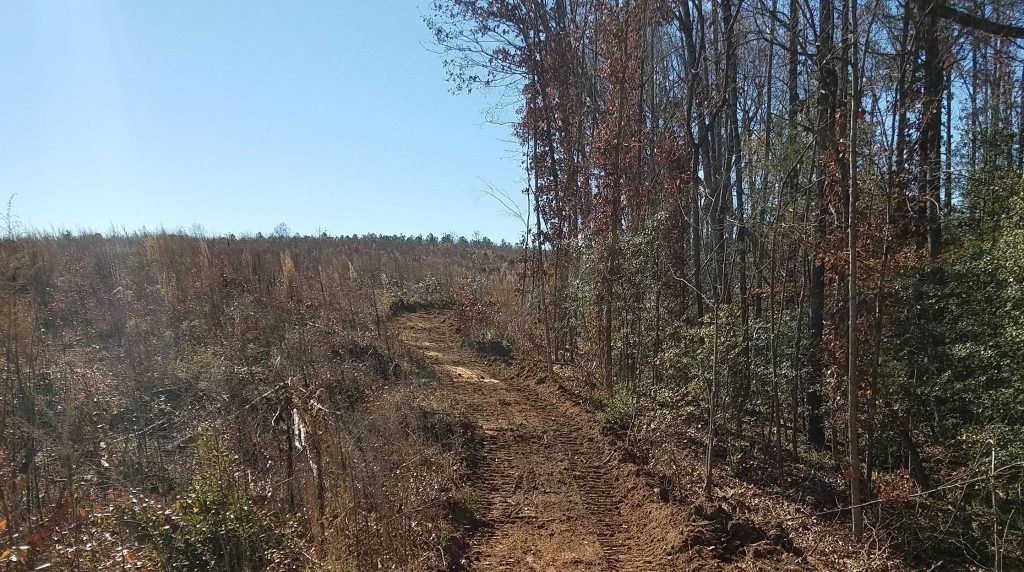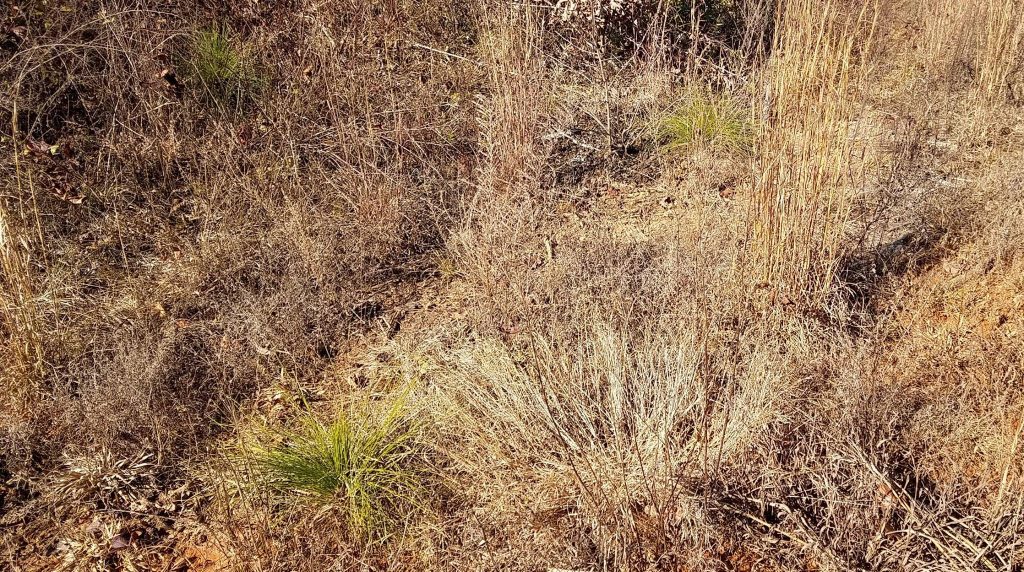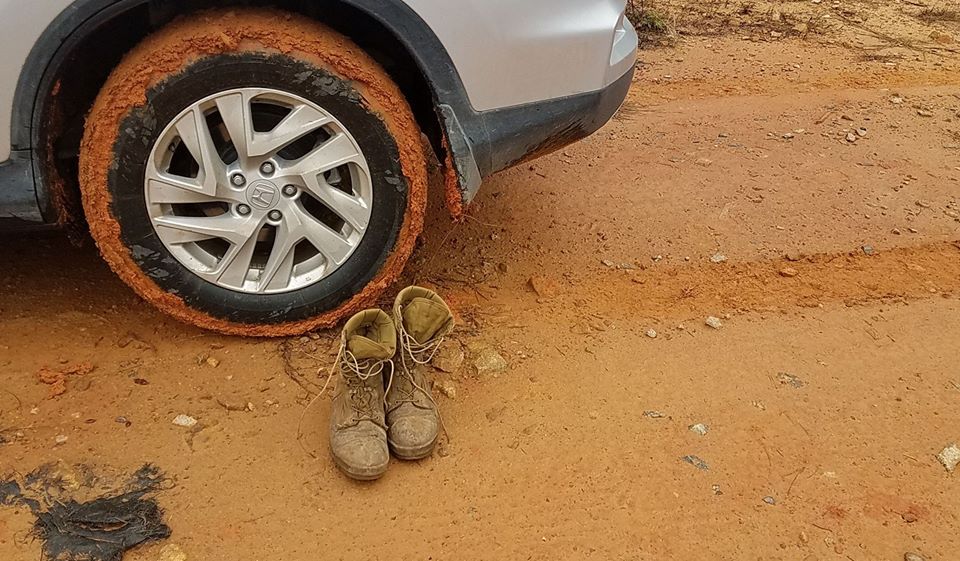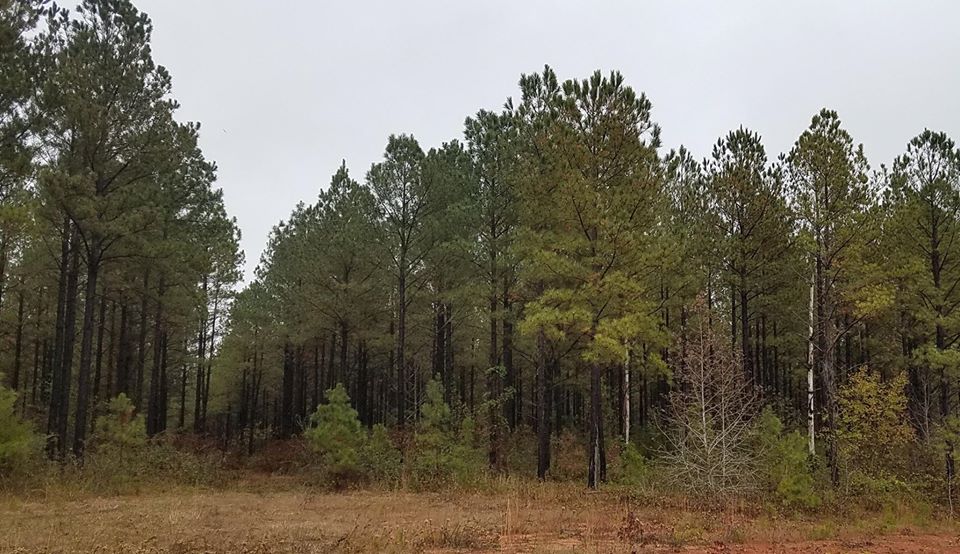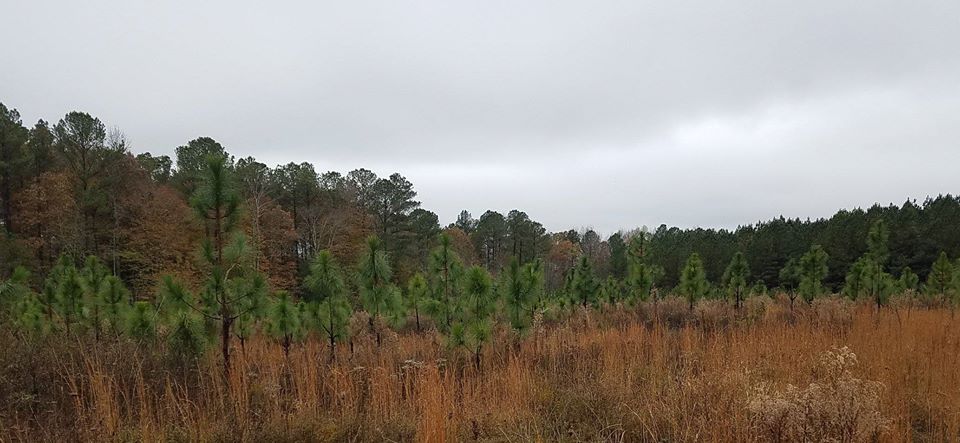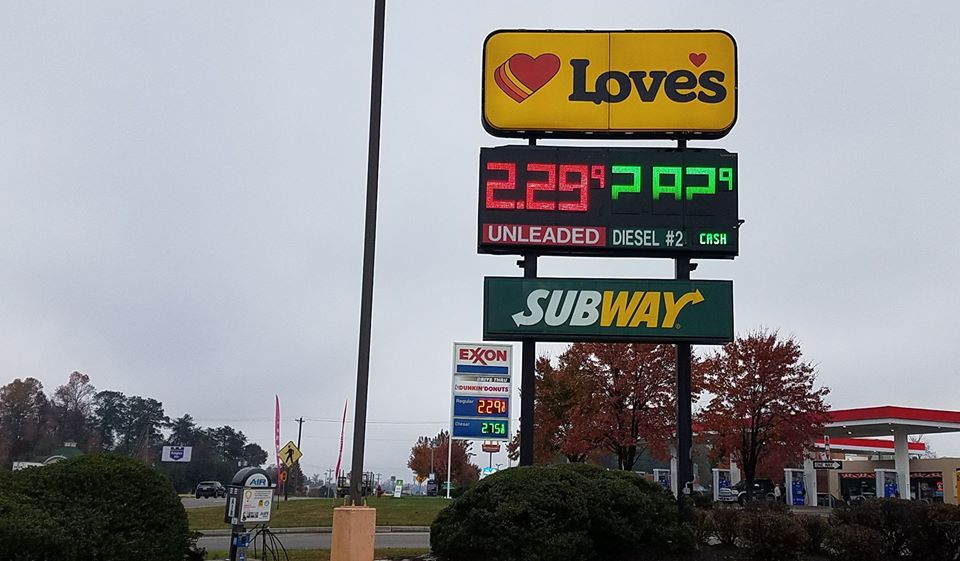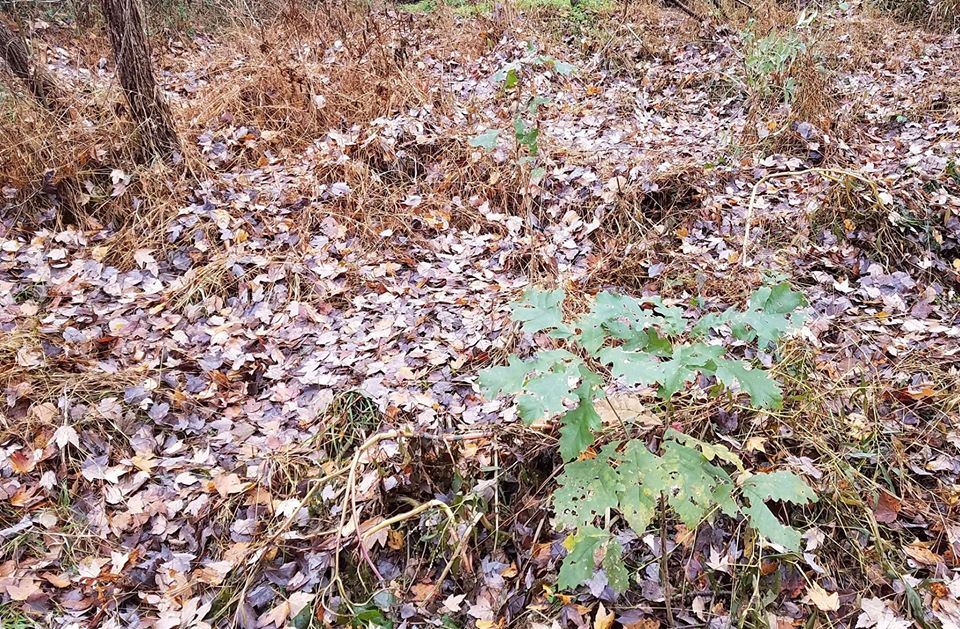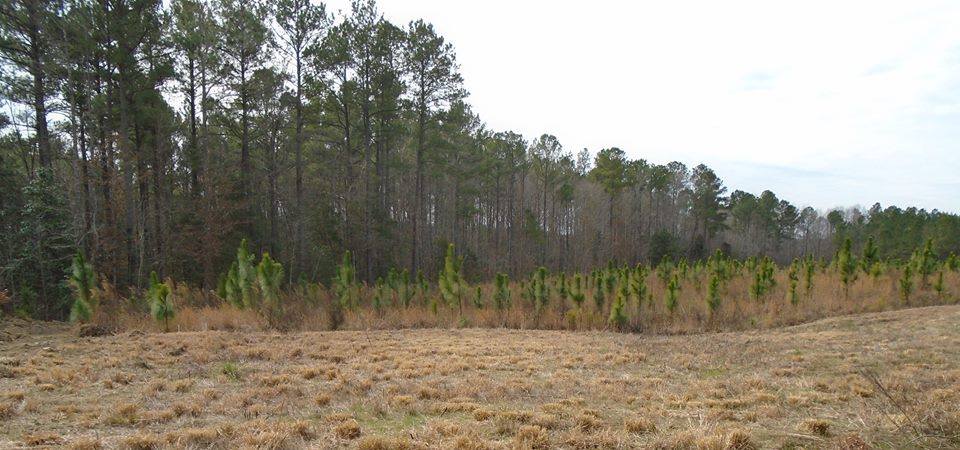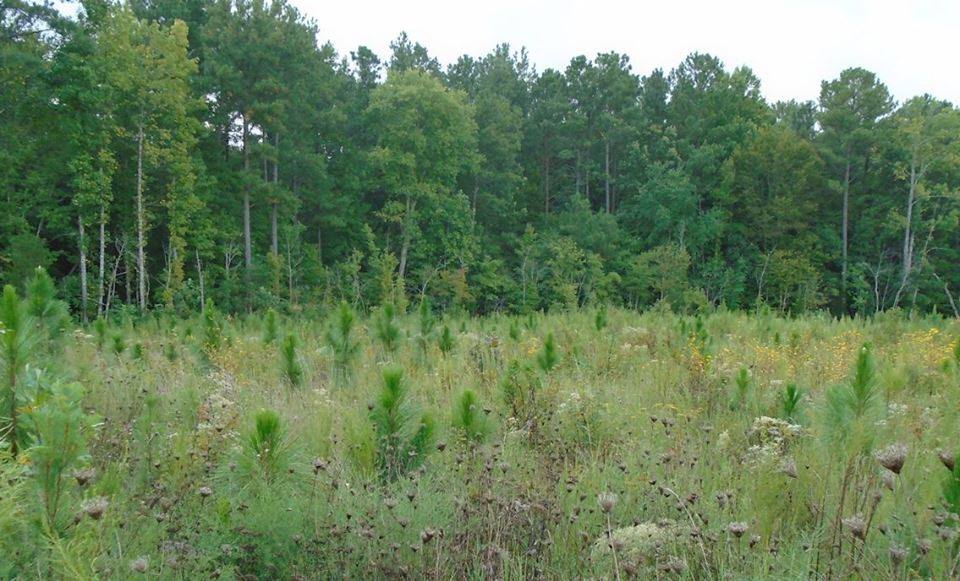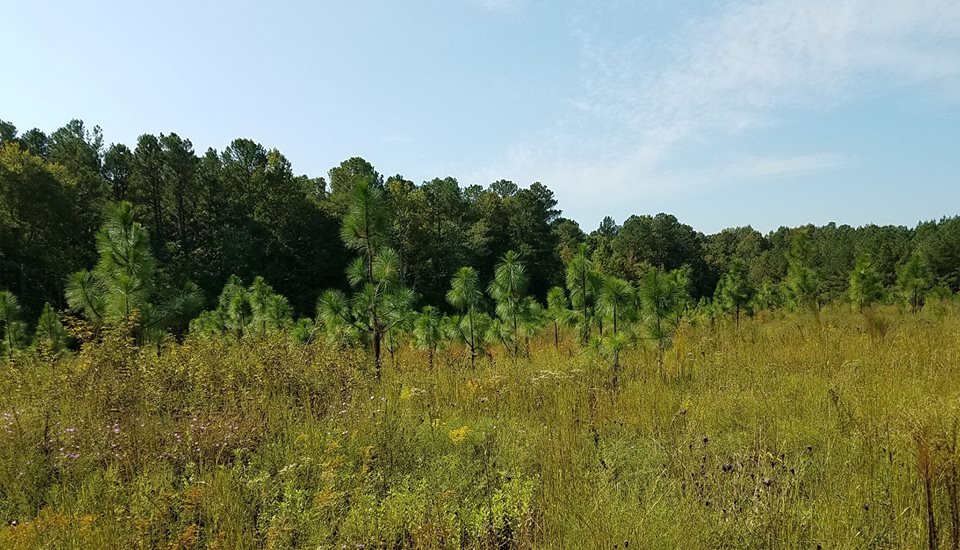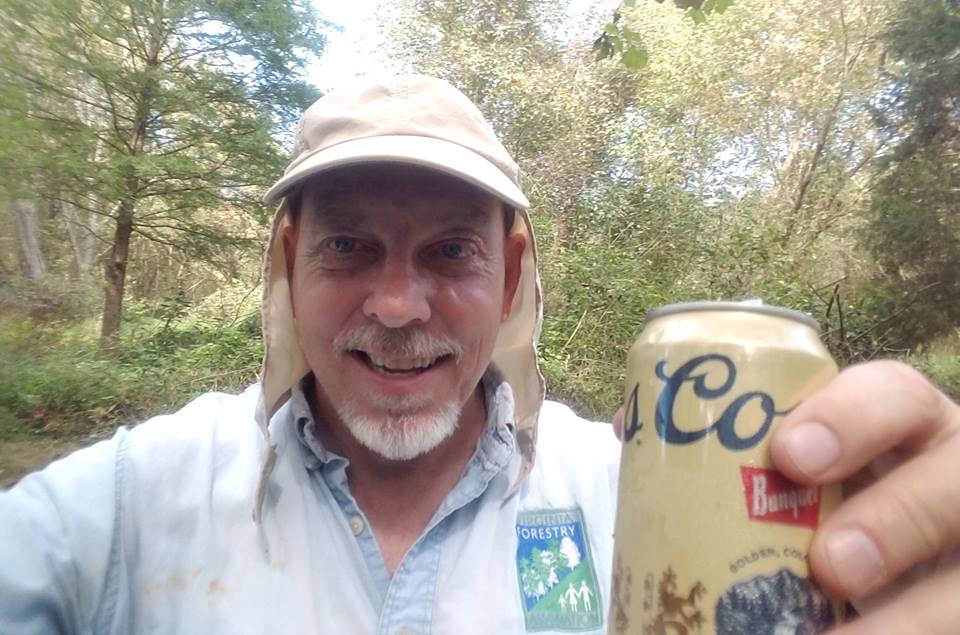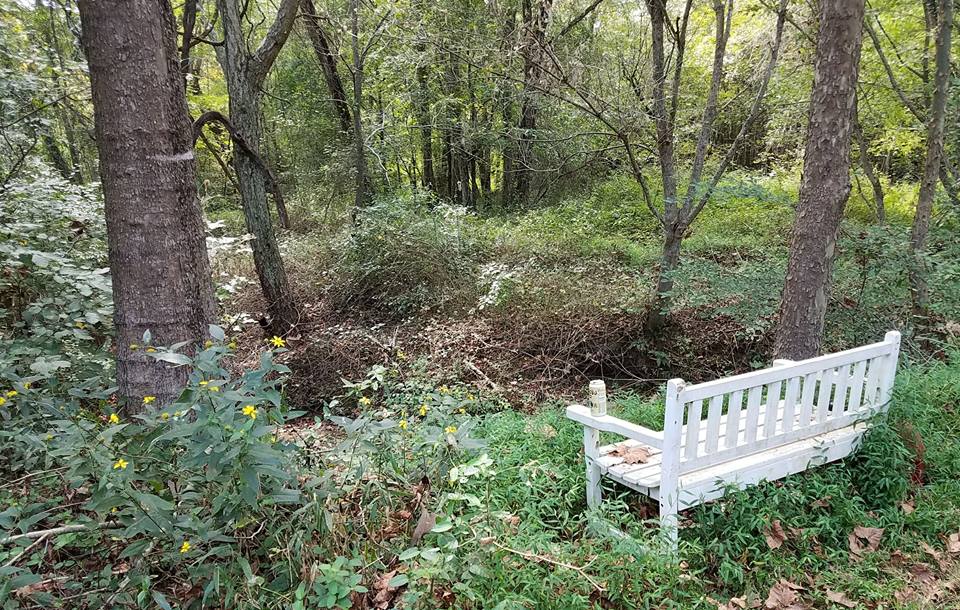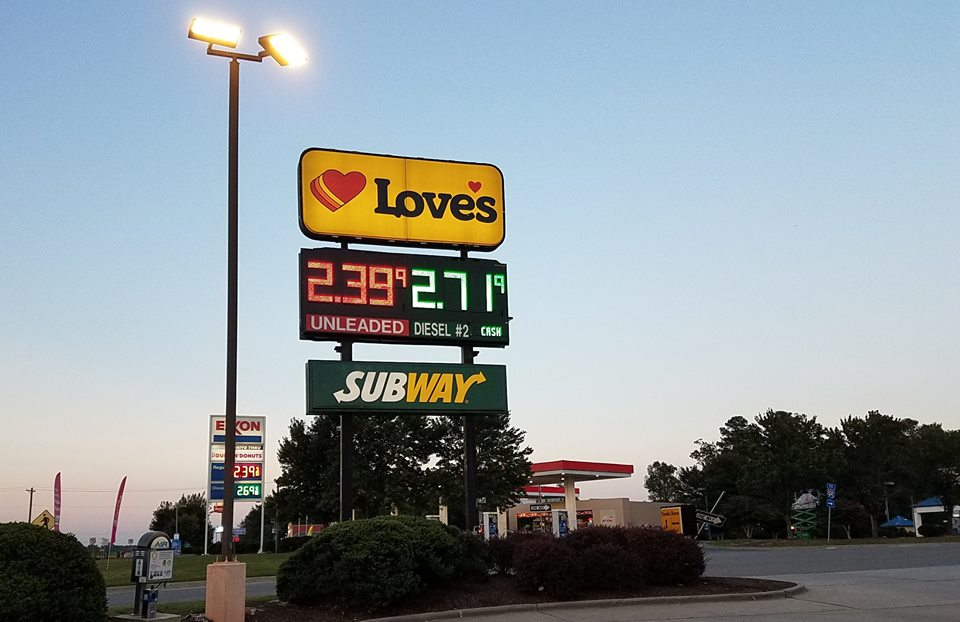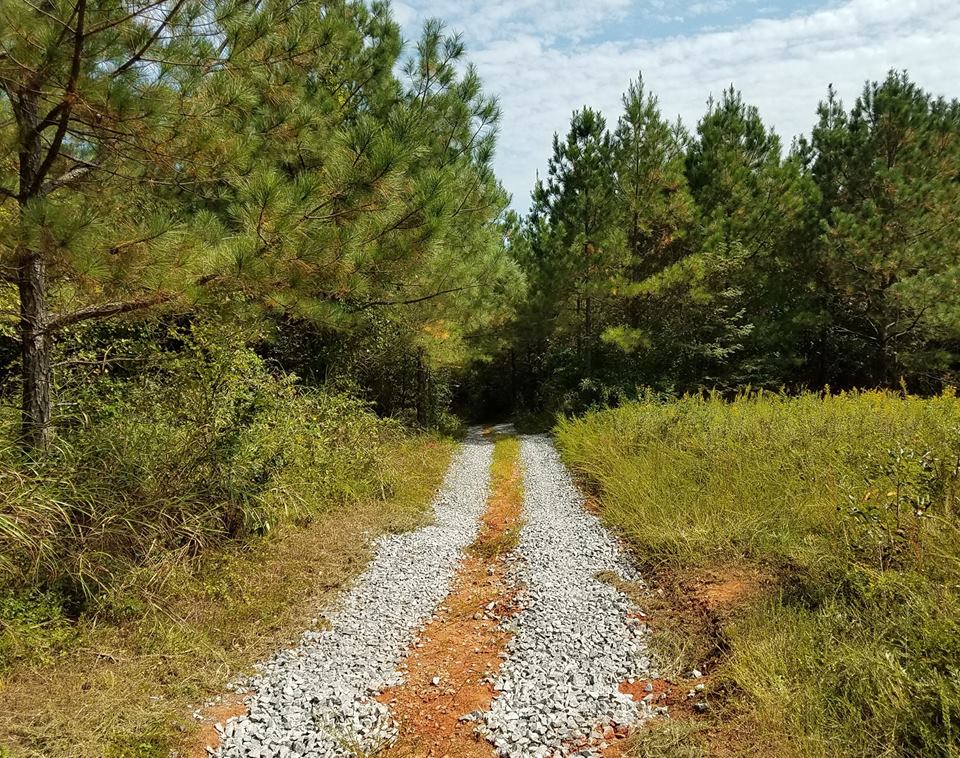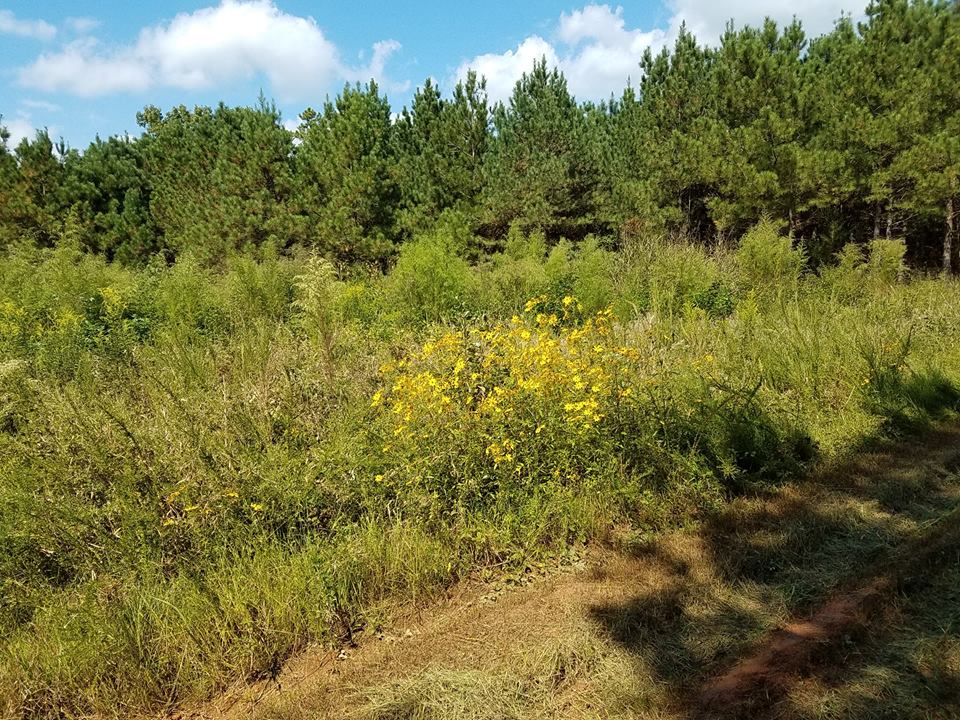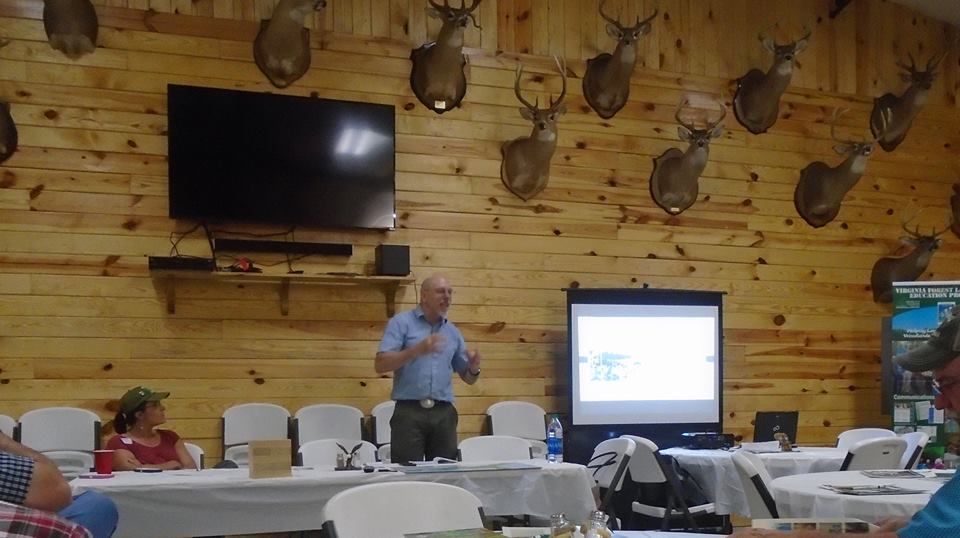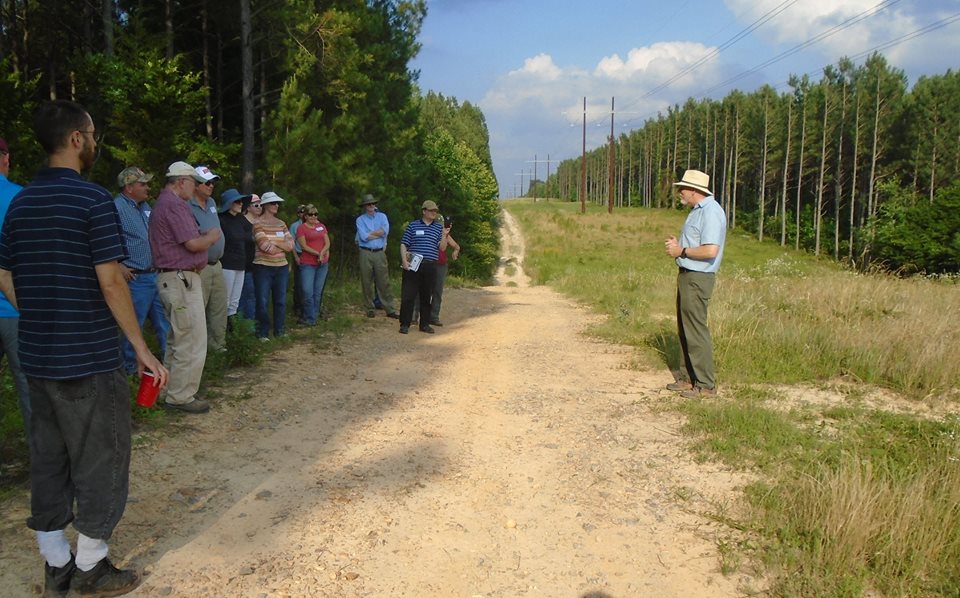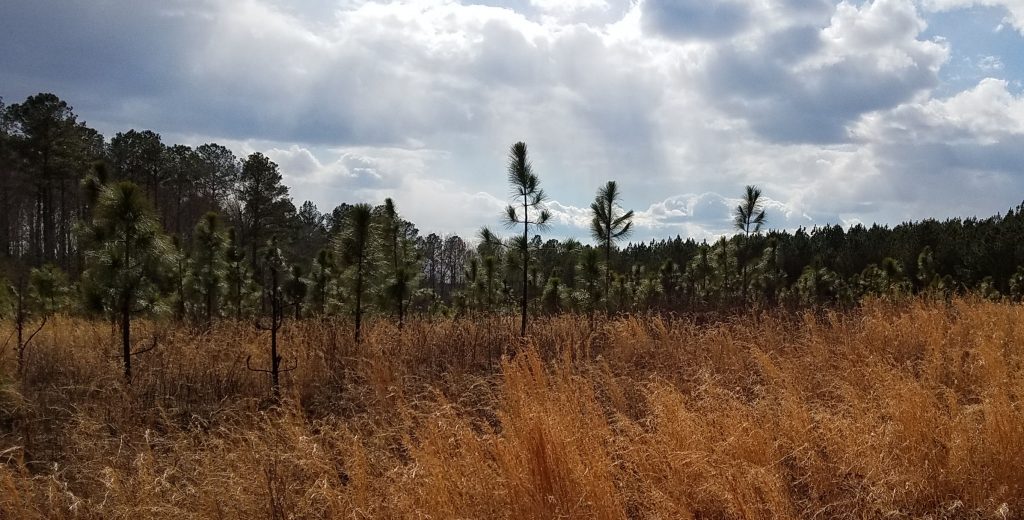
It was cold & windy today on the farms. I have said before but will say again that this is the least attractive time of the year on the farms, but one of the best times to look around, since it never is so open as now.
My longleaf are okay. The ones we burned a few months ago have buds, hard to see but there. The ones on last year’s burn also have buds. I could not see the top buds, since they were over my head, but I got a picture of a branch. Both are below.
I spent a lot of time pulling vines. It is good exercise & satisfying, but ineffective. I am not going to stop the vine pulling, but I think I will spray Diamond Grove at the end of this growing season for thinning in 2019-20. The spray will take out most of the vines and give the trees a year to put on extra weight. The benefits will continue after the thinning, as the remaining trees will get to take full advantage of the sunlight, space and water w/o vine competition.
The longleaf show up well now against the yellow grass and the generally dead stalks. There are a few empty places where we need to plant replacements. I am going to get the kids to help. I need to make paths so that they don’t get hung up on the brambles. I want to make the experience as pleasant as possible. It is hard work enough w/o hostile brambles. Best would be to burn, but I want to get them in the ground by November and I doubt it will be a good burning opportunity after growing season but before November. The stalks and brambles will not be dry enough.
The fire burned off the lower branches, which is as it should be. I think that when they get their growth this year, they will be spectacular.
My last picture is Diamond Grove Road. You can see my car at the end of the road for size comparison. I usually take the picture from the other direction. Because of the peculiarities of road construction in 1960, the road goes through our land instead of being the boundary. We own about 100 yards in on the east side of the picture, so we can keep it looking nice on both sides.

